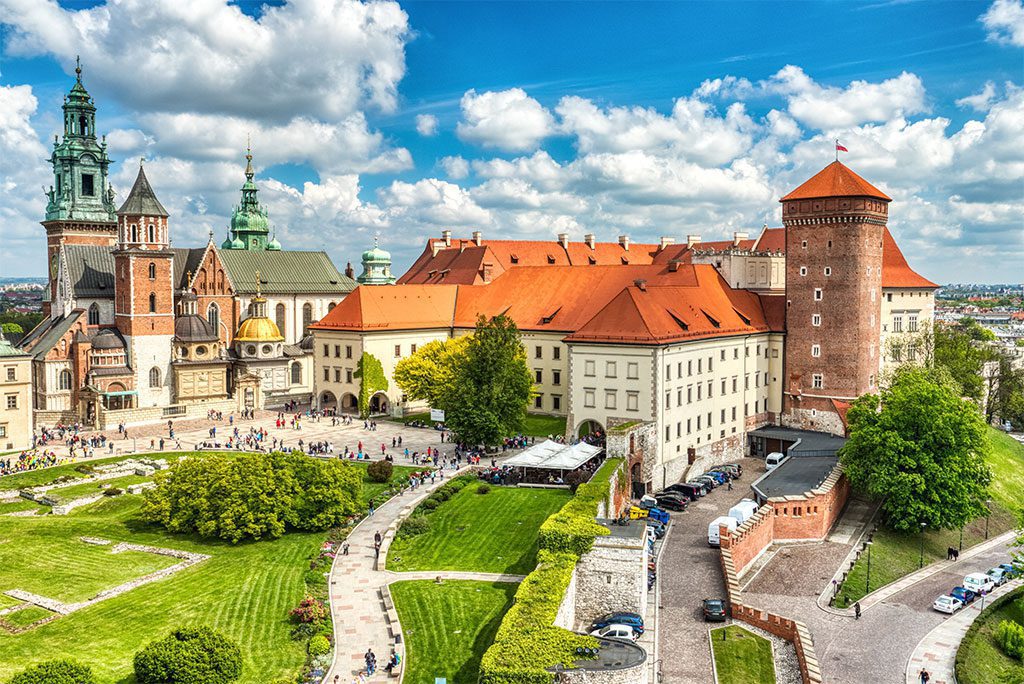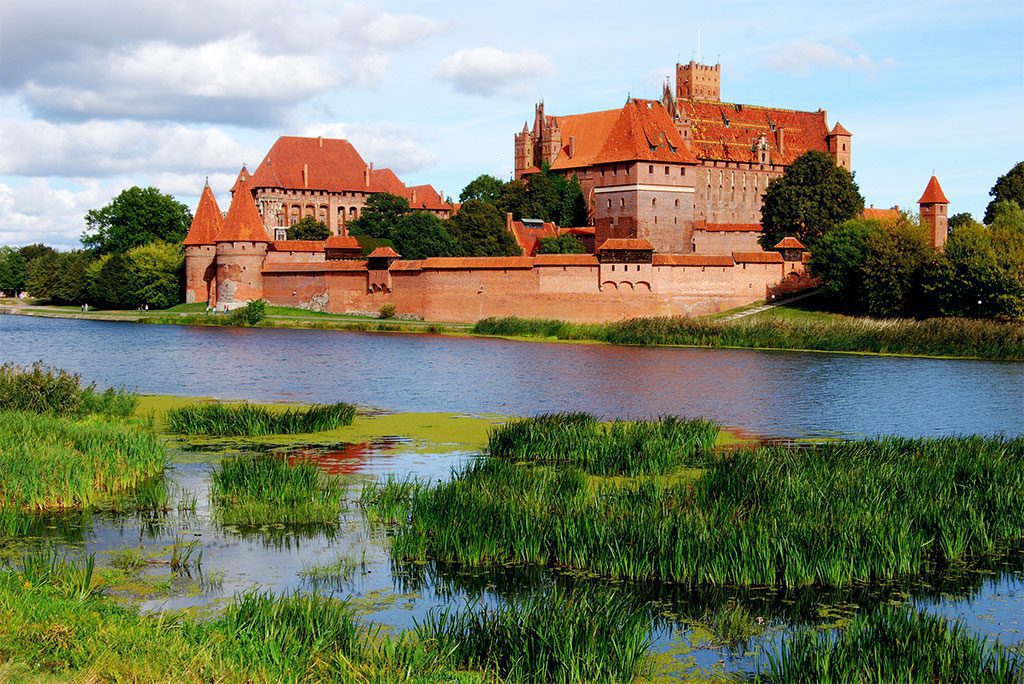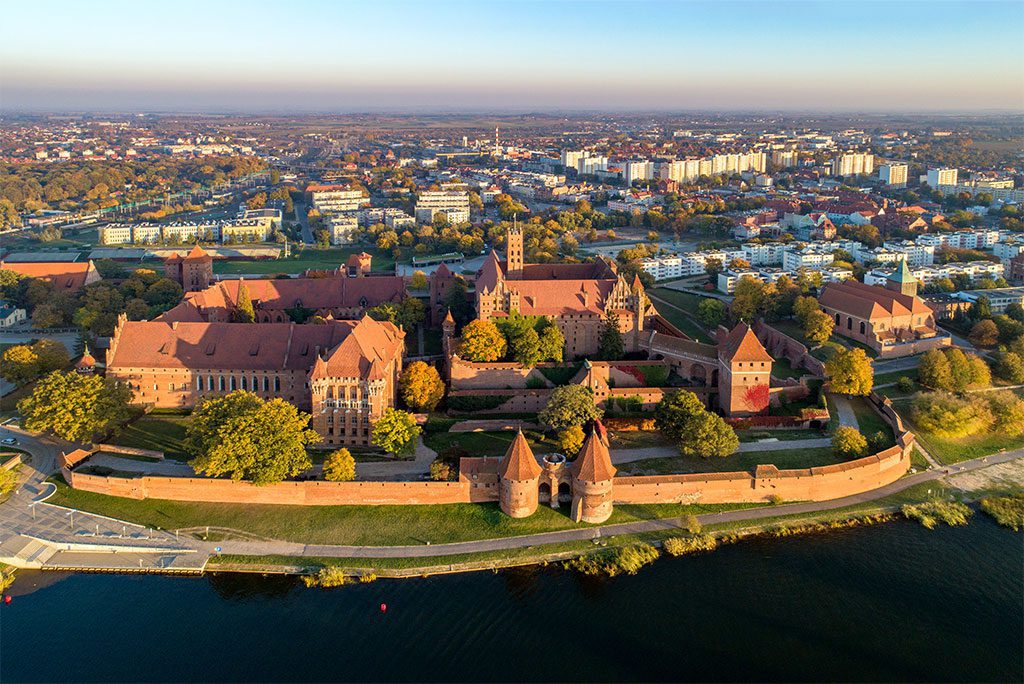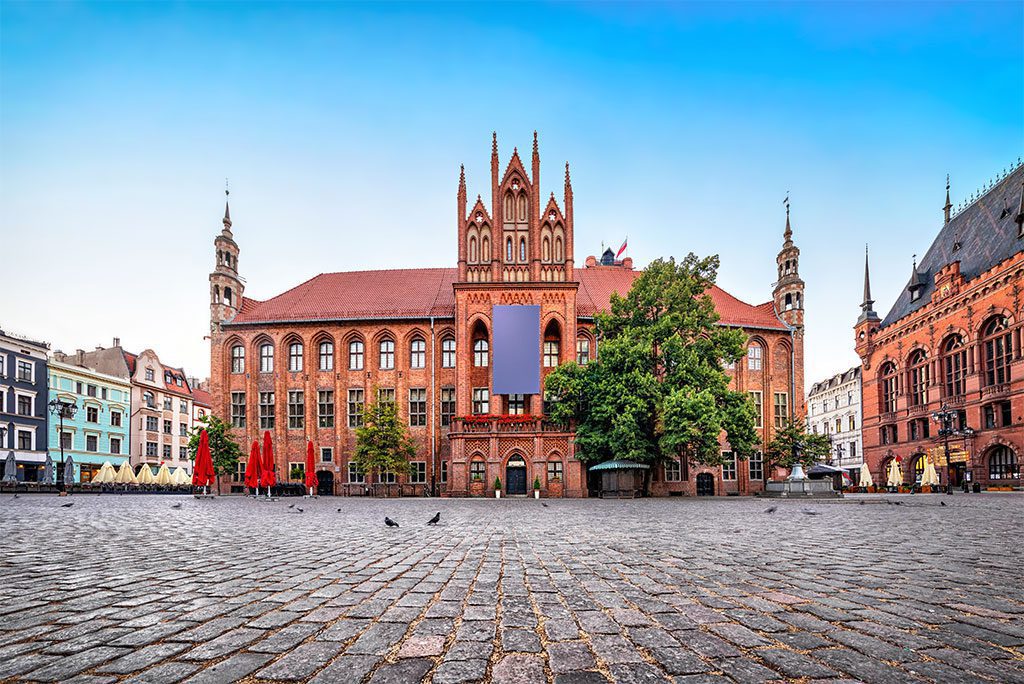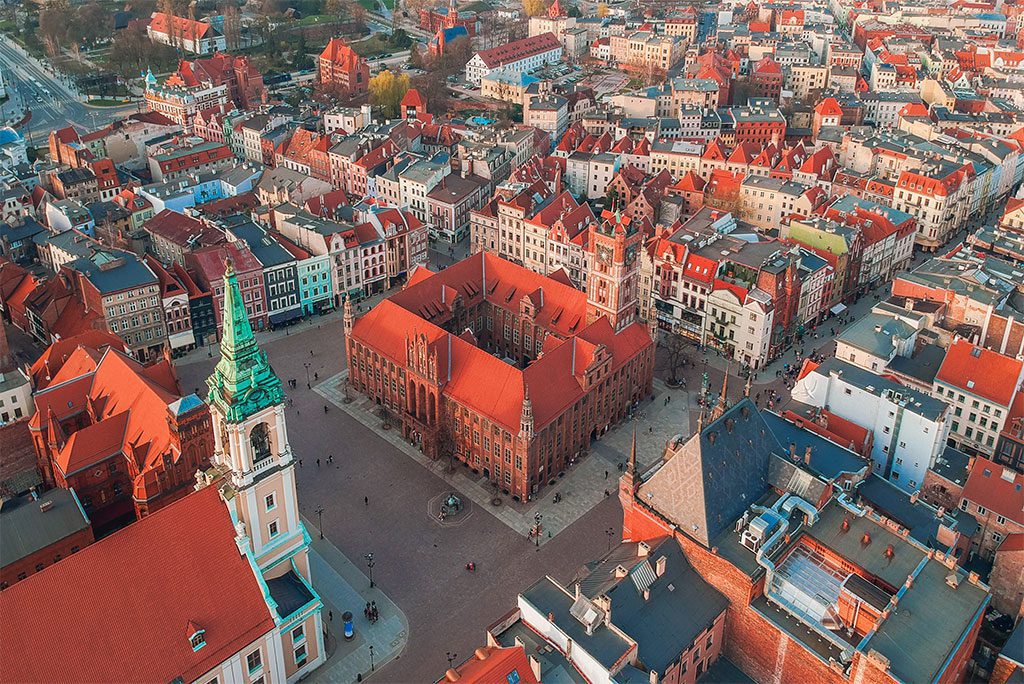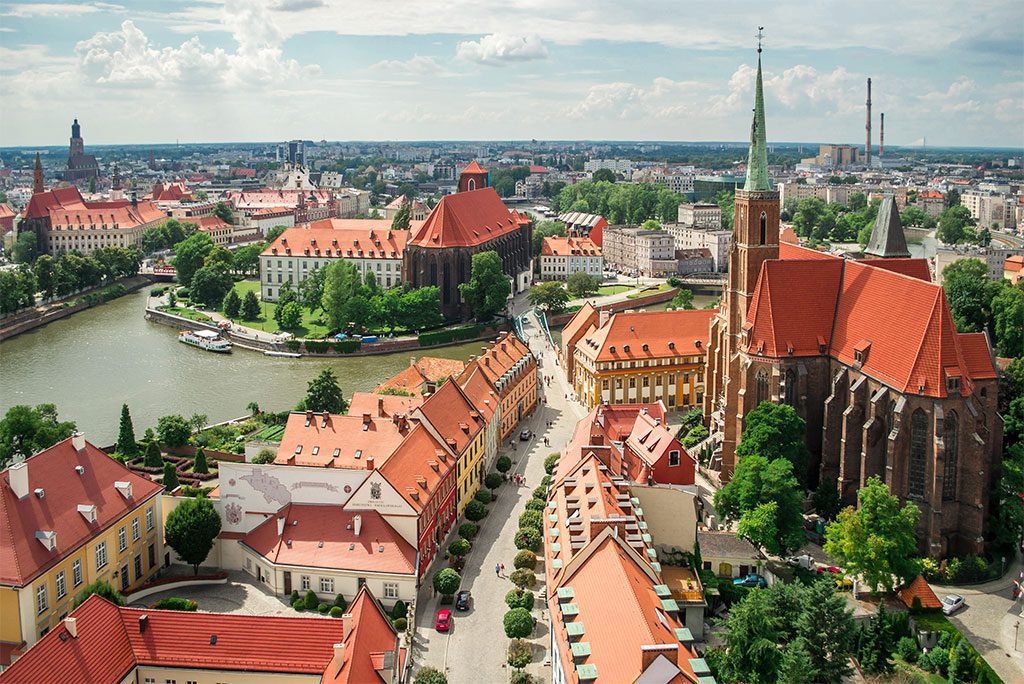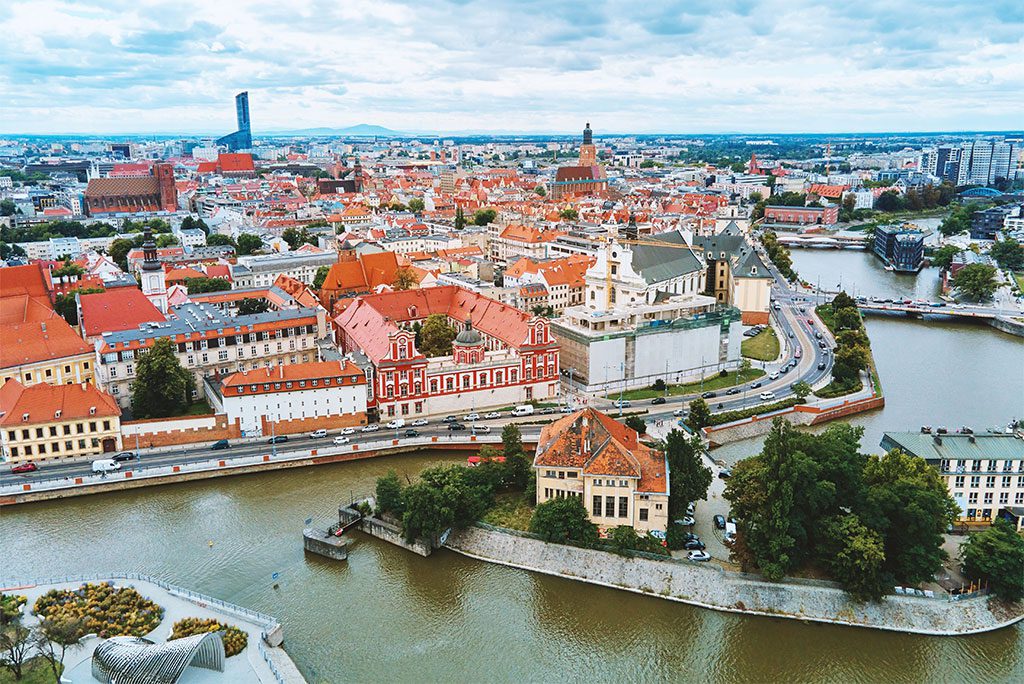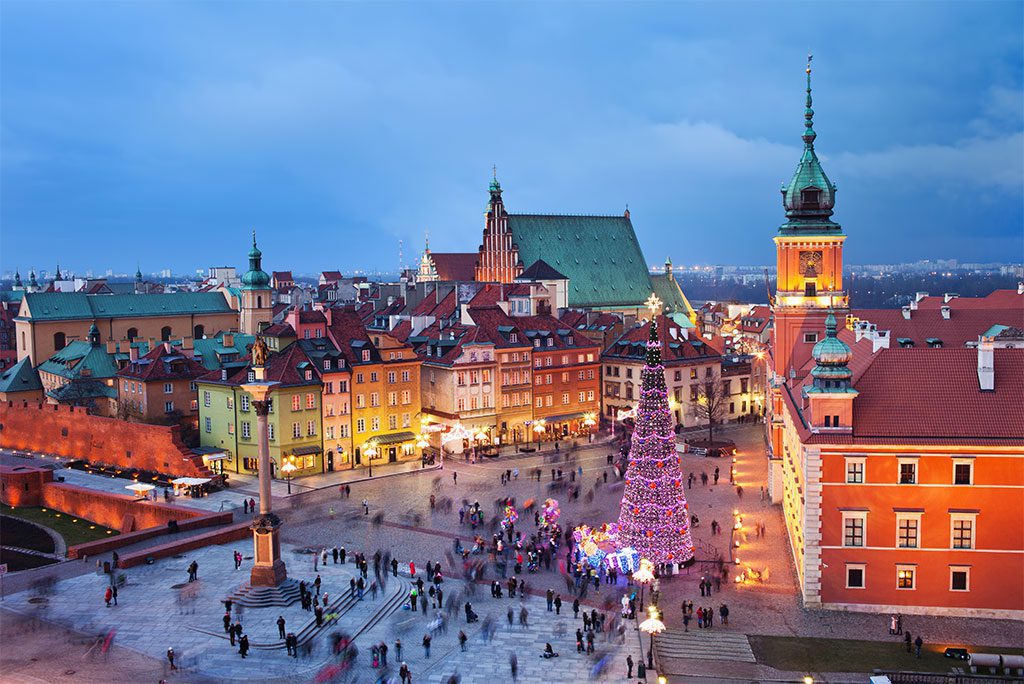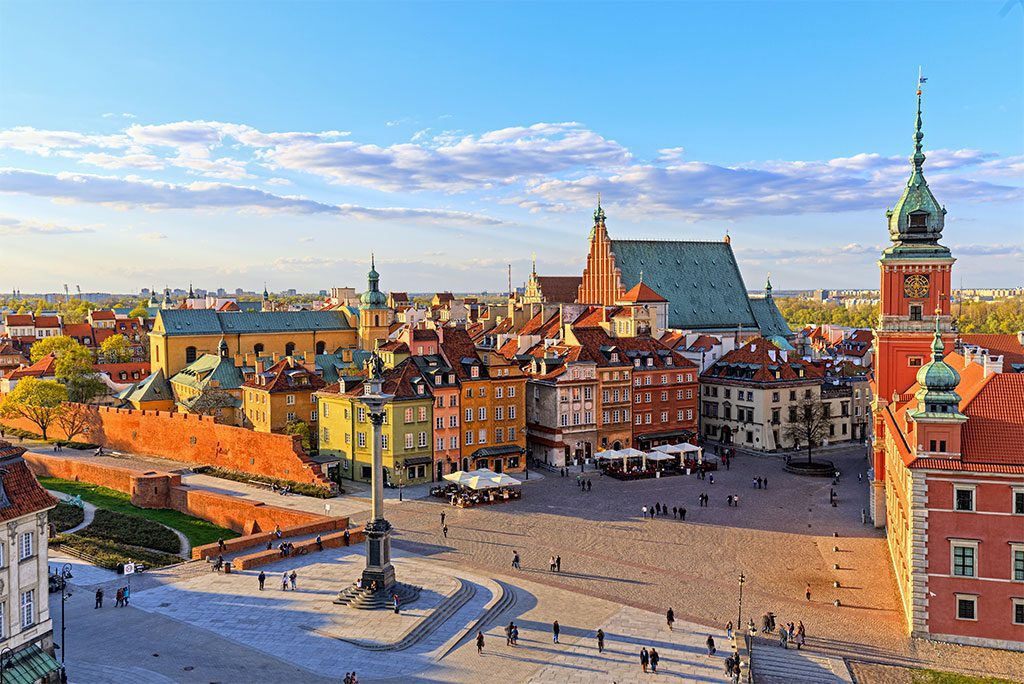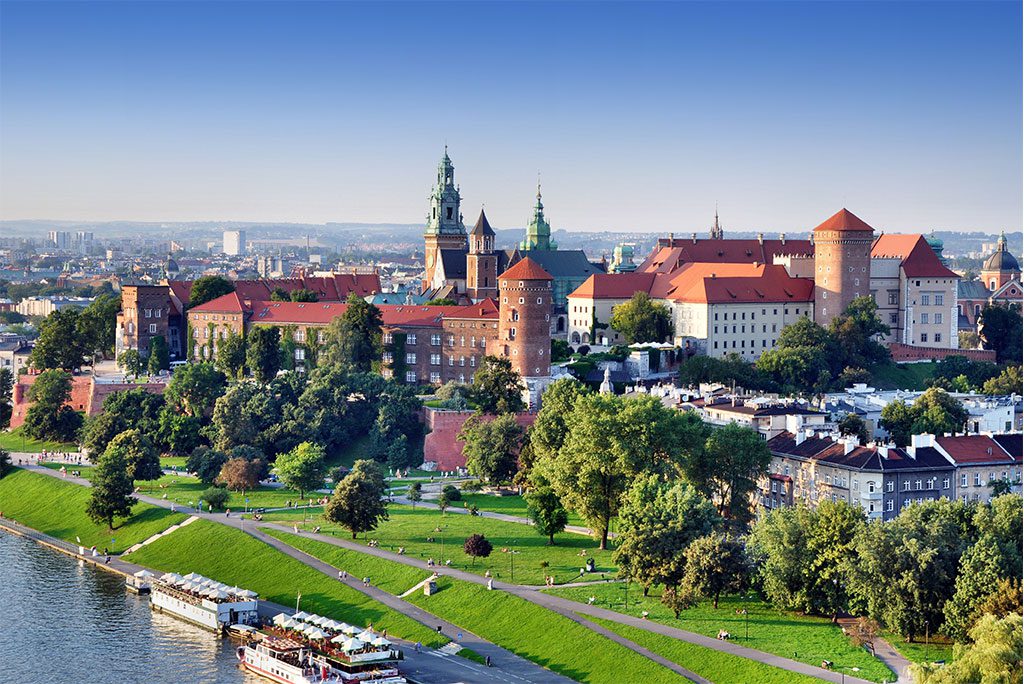Poland, a nation in eastern Europe, has had a rough go of it throughout the ages, what with being invaded and destroyed several times. Many of its residents, especially the nation’s sizable Jewish population, were deported to Nazi concentration camps during World War II, causing immense suffering across the country.
But the Polish spirit wouldn’t die, and thus the nation now offers a blend of ancient architecture and bustling cultural events to satisfy the tastes of contemporary visitors. Here’s a rundown of the top tourist destinations in Poland:
10. Malbork
Malbork, also known as Marienburg in German, is a mediaeval city in Poland that is best known for its Gothic fortress castle, the largest in Europe, which was commissioned in the 13th century by the Teutonic Knights to serve as their administrative centre. The fortress is named after the Virgin Mary, who is also the patron saint of the city and castle.
It’s the biggest brick castle in the world, and it’s really three separate castles joined together. In spite of taking 230 years to complete, much of the castle was bombed to bits during WWII. The castle has undergone extensive restoration since then.
9. Lublin
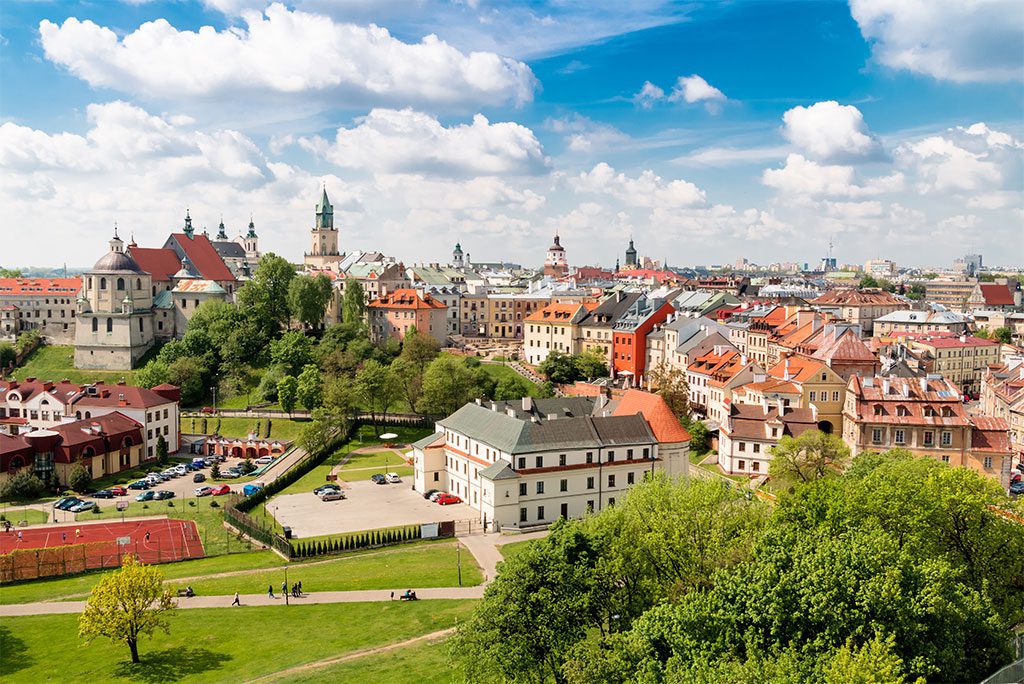
Located to the east of the Vistula, Lublin is another ancient city with a market square that may have been in use as early as the sixth century. Due to its strategic position on Poland’s eastern border, the city has been used as a defensive line against several invaders who have ravaged it over the years.
One of the greatest Jewish populations in Poland was also located there. The Holy Trinity Chapel, which combines Catholic and Russian-Byzantine architecture, is a prime example of Lublin’s ability to bridge Western and Eastern cultural traditions. The Old Town may seem mediaeval with its cobblestone streets and stone buildings, but don’t let that deceive you; it has a thriving arts and nightlife scene.
8. Bialowieza Forest
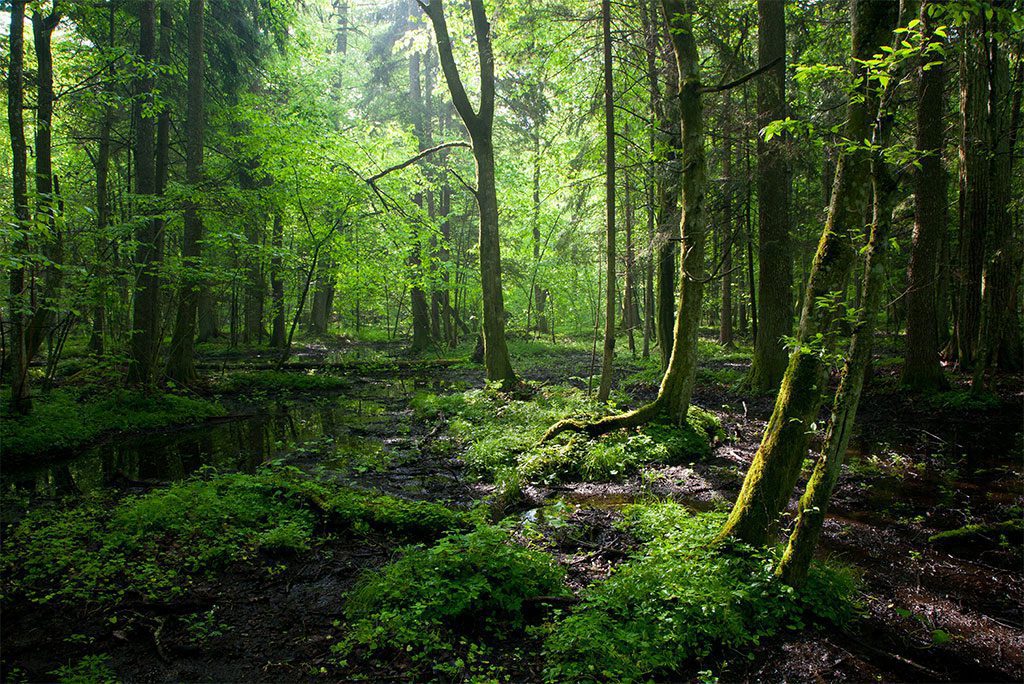
Primitive woodlands formerly spread throughout much of Europe, but now only the Bialowieza Forest remains. Travelers on foot or two wheels may cross the border from Poland into the Republic of Belarus and enjoy the forest on both sides.
Only in the Bialowieza Forest can you see wild European bison roaming the forest as they once did all across the continent. Other animals that call this area home include wolves, lynx, red deer, wild boar, elk, and roe deer. There are guided excursions accessible on foot or in horse-drawn carriages, and the bison are contained inside enclosed enclosures.
7. Torun
Located on the Vistula River, Torun is arguably best known as the home of astronomer and cosmologist Copernicus. However, the town is also well-known for its historic market square and Gothic town hall, which were included in National Geographic Polska’s list of the 30 most beautiful locations in the world.
Despite being a major rail hub, Torun was spared bombing during WWII, therefore the city still has several Middle Ages structures. The town hall was built in the 13th century, and several of the city’s churches, notably the Cathedral of SS. John the Evangelist and John the Baptist, were erected during the 14th and 16th centuries. Anyone looking to view some stunning Gothic art and Baroque altars should make a stop at this cathedral.
6. Tatra National Park
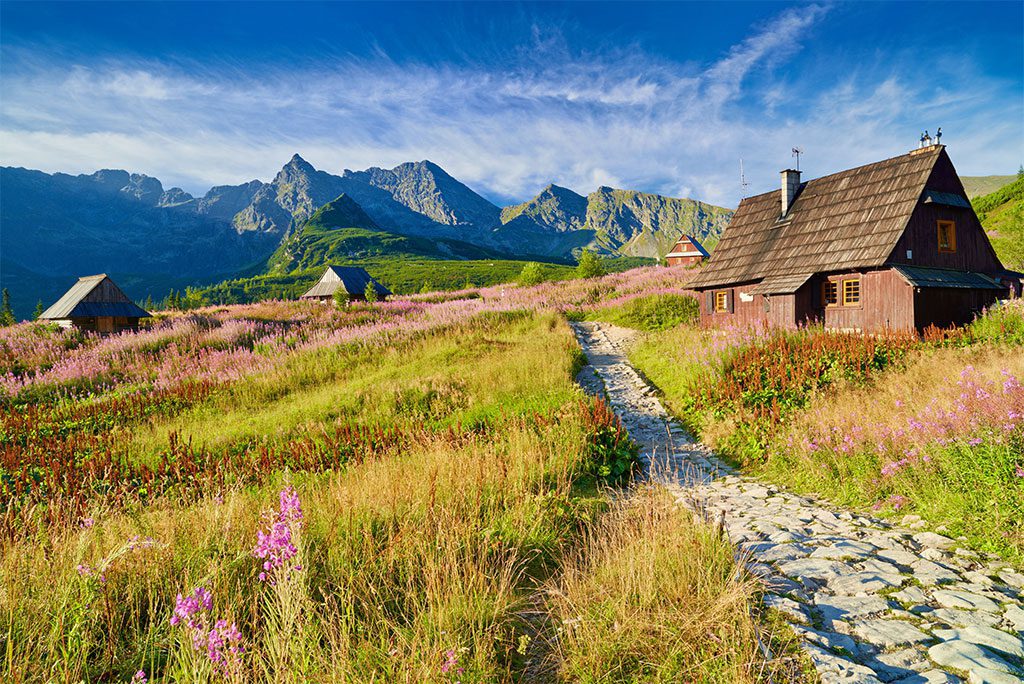
Tatra National Park, in south-central Poland, is a gorgeous haven for tourists. The park was established in 1954 and includes the whole of the Tatra Mountains, which are mostly covered by forests, meadows, and many rock formations.
Six of the park’s 650 caverns are accessible to the public and might be interesting to spelunkers. More than 30 alpine lakes and the 70-meter (230-foot) Wielka Siklawa waterfall may be found in this park.
The 270 km (170 mi) of paths in Tatra, Poland’s most popular national park, are sure to please hikers. The adjacent region of Slovakia is home to another national park with the same name, the Tatra National Park.
5. Poznan

Poznan has been a hub for education for quite some time, and it is the site of Poland’s third-largest university, so it may be a good place for international students to come if they wish to meet others with similar interests. Each summer, the city of Malta plays host to the Malta International Theatre Festival, one of several international events held there.
The Royal-Imperial Route is a tourist-friendly path that passes past several famous landmarks. The artificial lake in Malta has a ski hill, an ice rink, and many swimming pools, making it a desirable destination for sports enthusiasts.
4. Wroclaw
Wroclaw, the biggest city in western Poland, sits on the Oder River. It was part of Prussia, Poland, Germany, and Bohemia throughout the course of the ages until being a part of Poland in 1945.
Although it may not be as well-known as other Polish destinations, the once-major city of Silesian can hold its own when it comes to architectural splendour.
The biggest zoo in Poland is located here, as is the city’s market square and the beautiful Old Town Hall, as well as St. Elizabeth’s Church, with its observation deck overlooking the city. A cruise along the Oder River is a tranquil way to take in the sights of this old city.
3. Gdansk
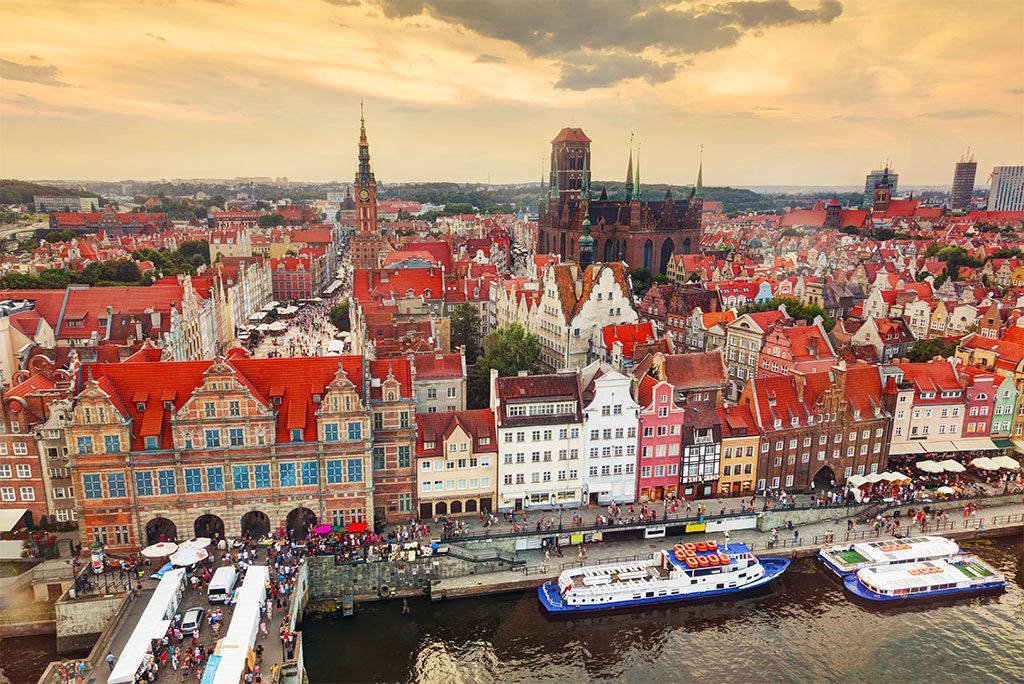
Gdansk, formerly known as Danzig, is Poland’s biggest city and principal seaport due to its location on the Baltic Sea. It was founded in the early 10th century and has had a complicated political history, shifting between Germany and Poland and even briefly functioning as a free state until finally becoming an integral part of Poland after World War II.
After the war, the city rebuilt itself, reconstructing the Old Town that had become famed for the Royal Road that Polish monarchs had used to visit the city. St. Mary’s Church is the biggest brick church in the world, and it is located in this city.
2. Warsaw
It’s possible that Warsaw, Poland’s capital, may be compared to the mythical Phoenix. Warsaw, a city that dates back to the 12th century but was almost completely devastated during World War II, has since rebuilt itself into a bustling historical and cultural hub with a renovated Old Town.
The city is well-known for being Fryderyk Chopin’s birthplace and for having been dubbed the “Paris of the North.” The Renaissance astronomer Copernicus also called Poland home when he was born there. The Copernicus Science Center is a fantastic destination for families and groups of all ages because of the abundance of interactive exhibits and programmes available.
1. Krakow
When compared to its humble beginnings as a seventh-century town, Krakow’s meteoric rise to prominence as Poland’s second-largest city, renowned for its cultural, artistic, intellectual, and commercial activities, suggests a “rags to riches” narrative.
Schindler’s List is a film about a man who tried to save the lives of the people living in the Krakow Ghetto before the Nazis herded them into concentration camps during World War II. Krakow, the historical capital of Poland, is conveniently situated on the Vistula River, and it is simple to navigate about the city thanks to its Old Town, often regarded as the greatest in all of Poland.


